I found Asger Carlsen’s work while researching Danish photographers. The very first image depicting a pole-dancing man with weird, dropped-out eyes made me stop. As I began scrolling, the images were more and more intriguing. I saw humans merged with wooden objects, bodies transformed to beheaded sculptures, Snoop Dogg accompanied by a triple-eyed man and a guy with a hairy face that reminded me of Chewbacca. Asger’s photographs are surreal but grounding elements are always present.
When I speak to Asger, he tells me that he’s not photographing anymore but is working on photo-based material. We discussed his early photographic work and what’s coming up next for him.
When did you start photographing?
That was a really long time ago. In the beginning, I was a newspaper photographer and later I started photographing on my own, but I do not consider myself as a photographer anymore. I am someone who happens to work with the photographic-based material.
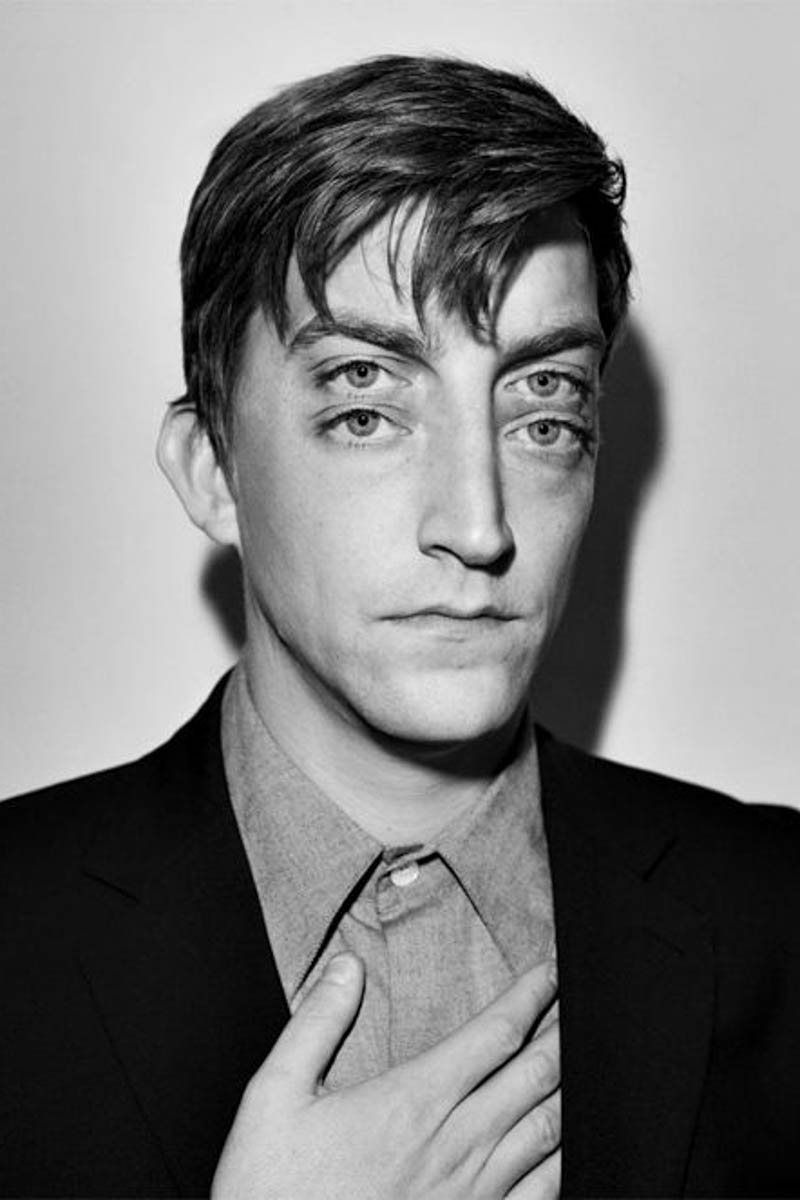 |
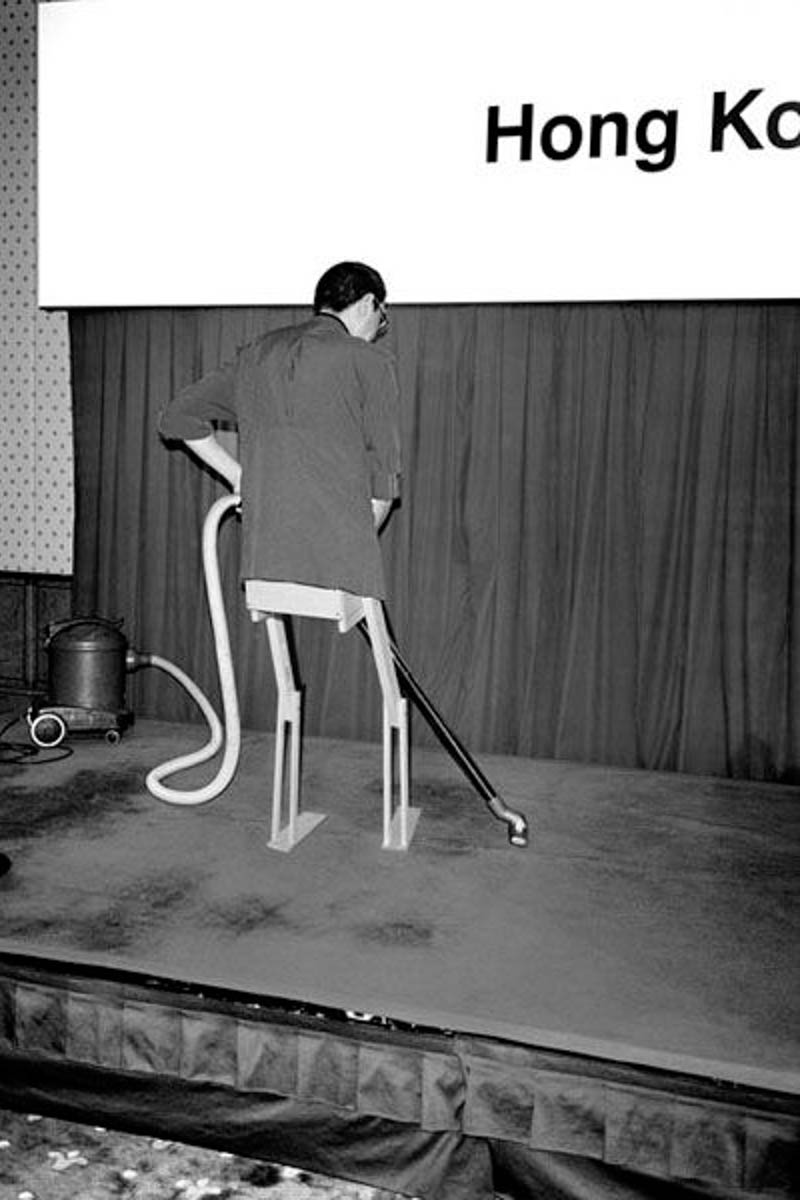 |
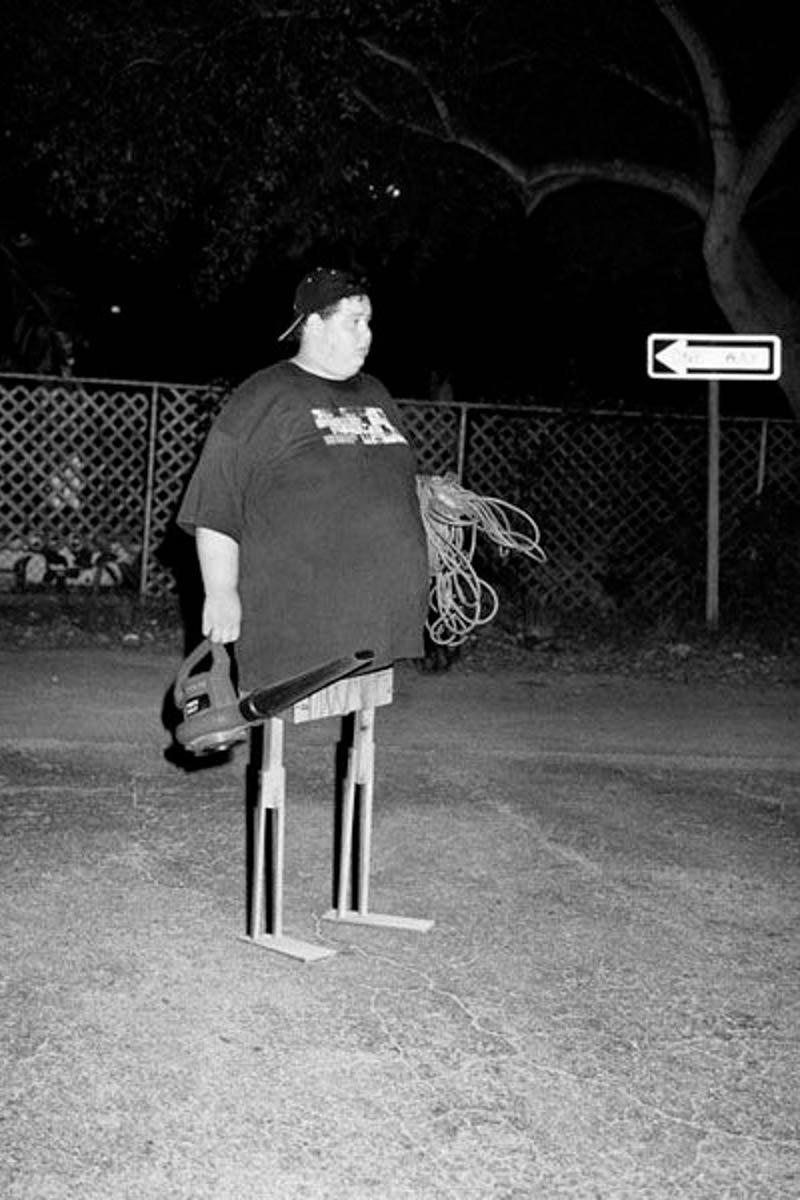 |
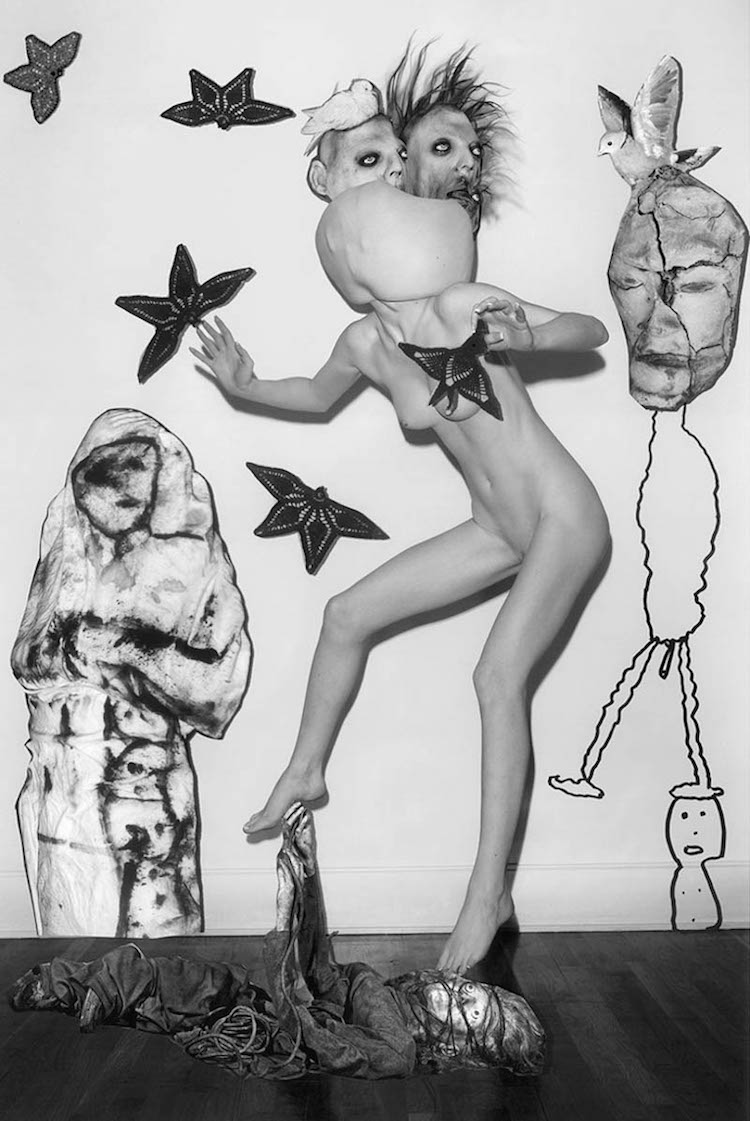 |
How did you come to this particular style of photography?
It happened by chance that I once edited the image in a certain way, I found that I could use a stamp tool, that I could multiply the eyes, etc. And this way of editing became an incentive to my departure from conventional photography. So it was almost an accident. I had never planned to become an artist but I am working artistically now more than ever. I never felt that I belonged to any particular kind of photography.
I would say that my works have to do with curiosity and they have never been inspired by other photographers or photographic styles. The inspirations were coming mostly from art and sculpture. My working process is studio-based and I kind of collect materials for the future images. I have an acute knowledge and memory of my files and imagery that are saved on my computer, and I can return to them whenever I want to. I don’t stage or shoot anything intentionally. Rather, I research and compile the files.
For me, the work is the inspiration, a constant notion of something I have in-mind or something I want to achieve. This notion encourages me to start working on a piece but it does not mean that the piece will turn out exactly the way I visualized it. My works are all about the feelings of something I did not trust or pursue. Humans merged with objects.
 |
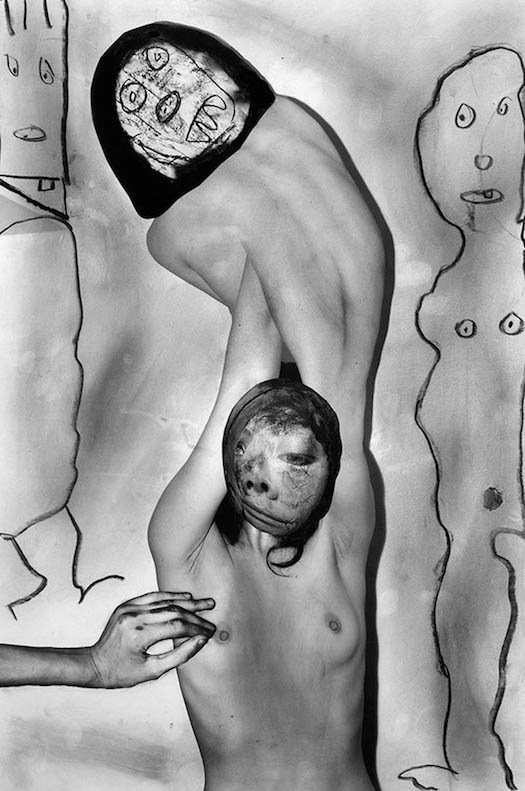 |
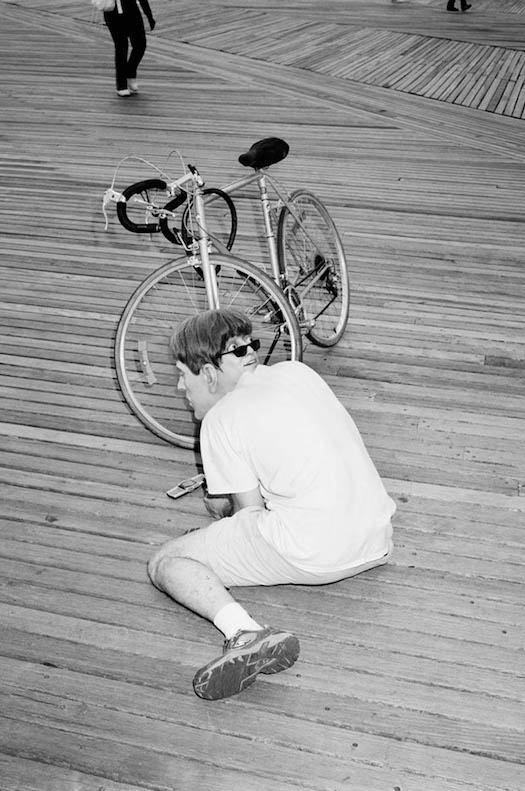 |
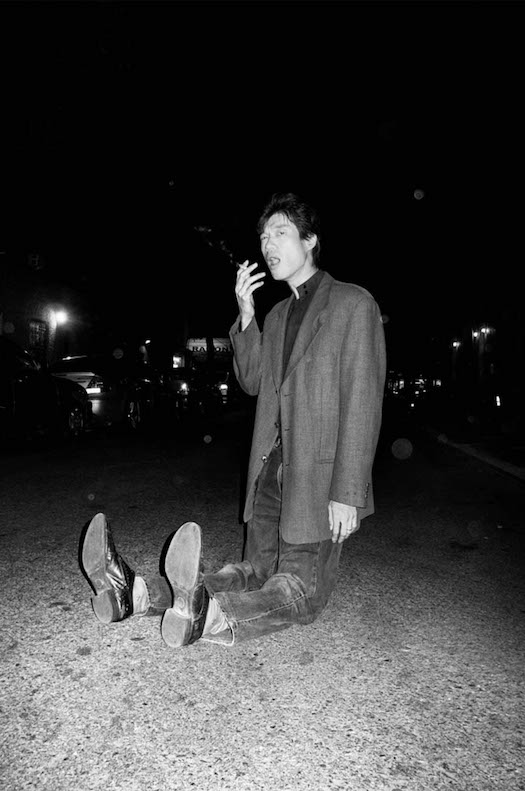 |
What are you trying to interpret?
I am not trying to interpret anything actually. I myself don’t know what they mean. When I was finishing the Wrong project, I was already influenced by surrealism and artists like Francis Bacon and Hans Bellmer. I was really curious to see if I could achieve something equal to a painter within a photograph. So I tried to obtain the artistic freedom to work on an image as I would any material that I could shape in the way I imagined. I had these images of a girl that I photographed for something else in the past and was thinking what would happen if I compiled images of her with other images from my archive? The making process took a long time and was filled with lots of technicalities, but I did it.
Your models look more like sculptures than humans. How do you cross a line between fiction and reality? Have you ever tried you hand at sculpture?
I made one sculpture and probably would like to do more. I am trying to get there. For some reason, I have always wanted to do something other than photography. Of course, photography is very exciting in its own way but unconsciously I felt that taking photos was not enough to satisfy my creative needs. As for the fiction and reality, all the things that fall in between remind me of secret narratives that never reveal themselves but leave a certain openness to other ideas and interpretations.
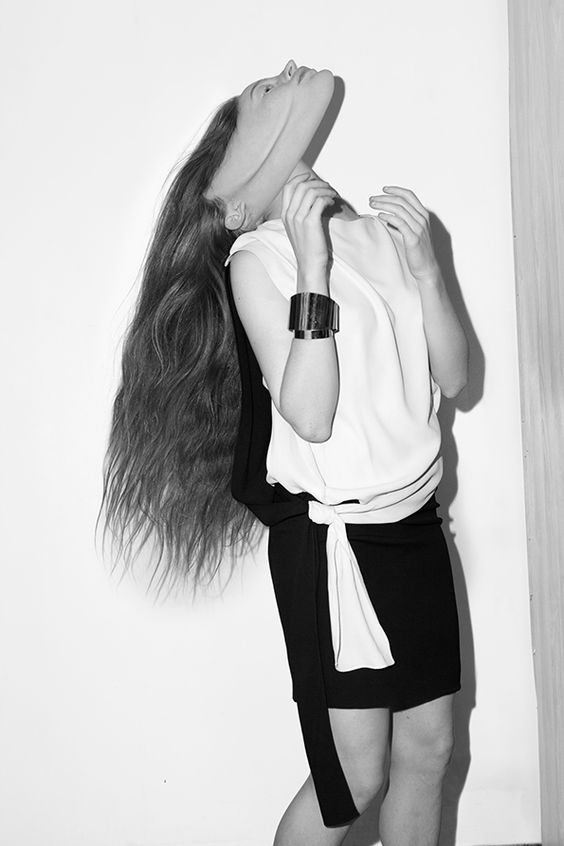 |
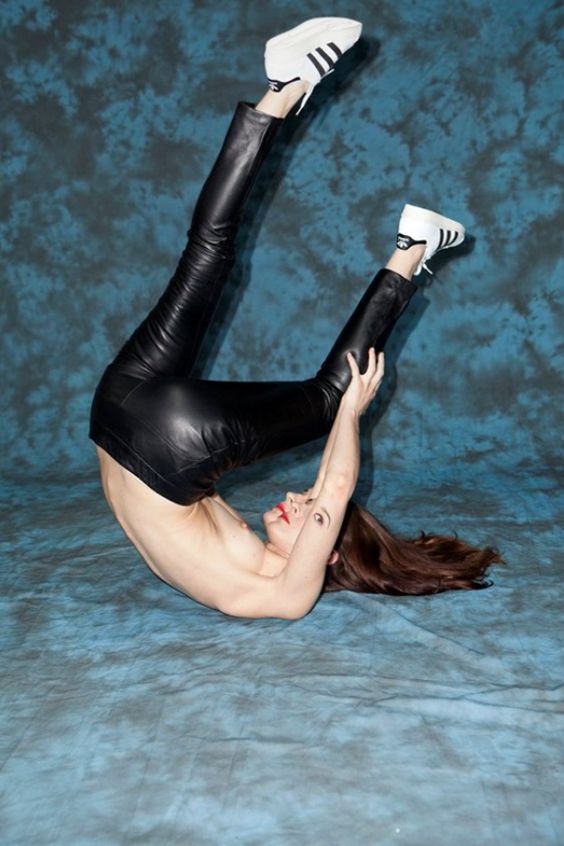 |
Some of your photographs feature childish drawings. Who is the artist behind those?
That’s Roger Ballen’s work. He is an American artist and a photographer living in South Africa. He portrays much of African tribe culture and has a long tradition of creating real-life staged photography.
Who is your all time favorite artist? How has he/she influenced you?
That would definitely be Francis Bacon. For me, he was important because I was drawn to his way of creating something, removed from reality yet maintaining aspects of reality. His works enlightened me and taught me to work more freely. I think that the element of working freely is lacking in photography.
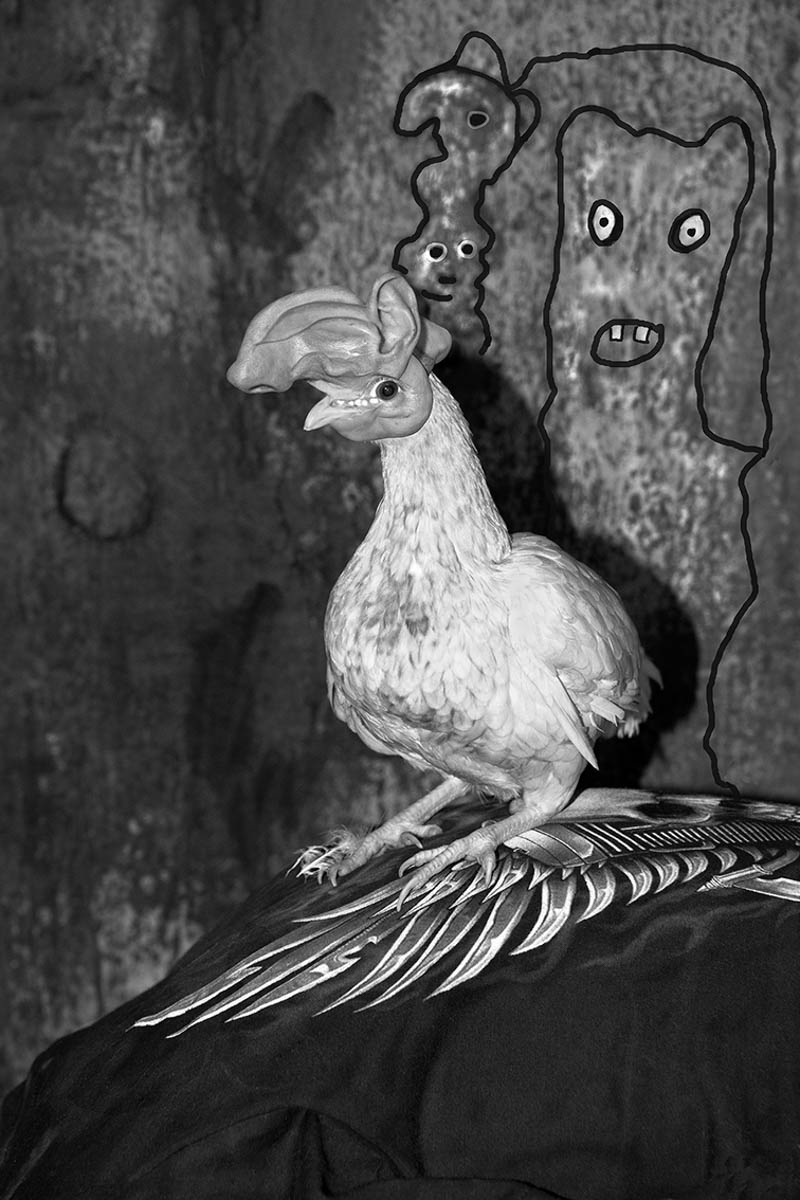 |
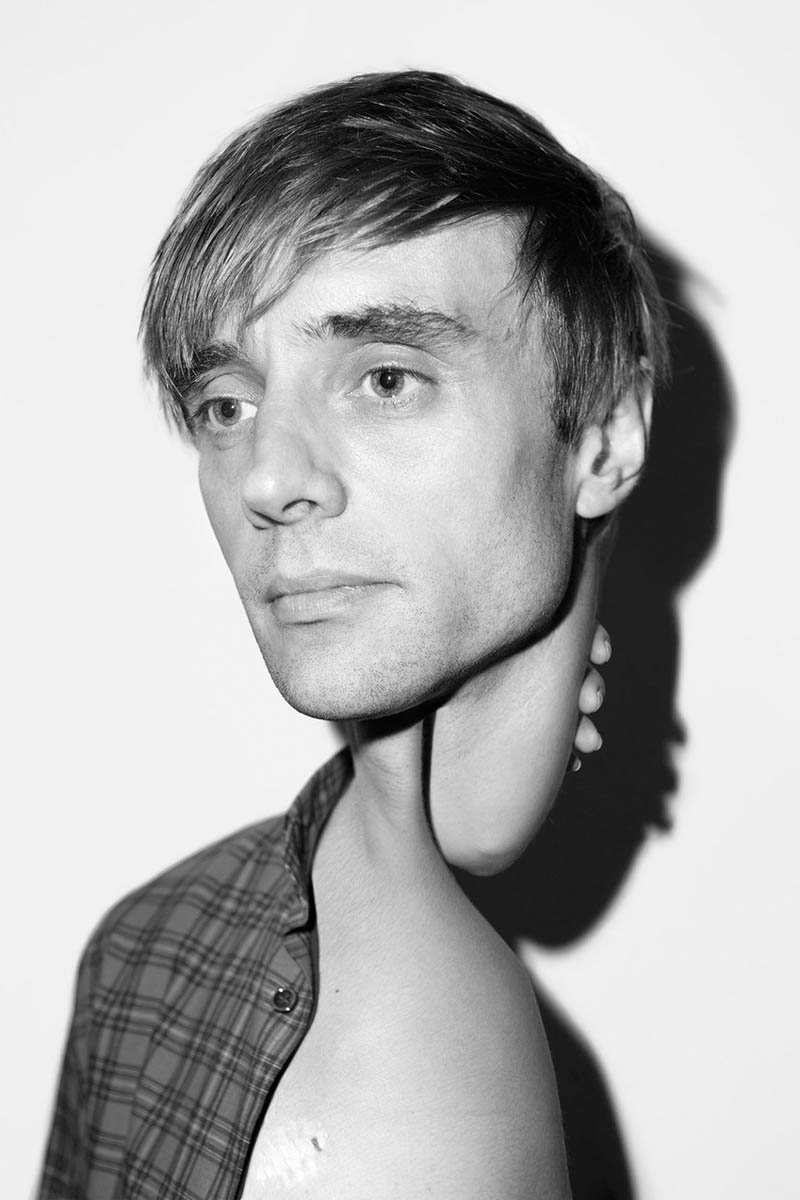 |
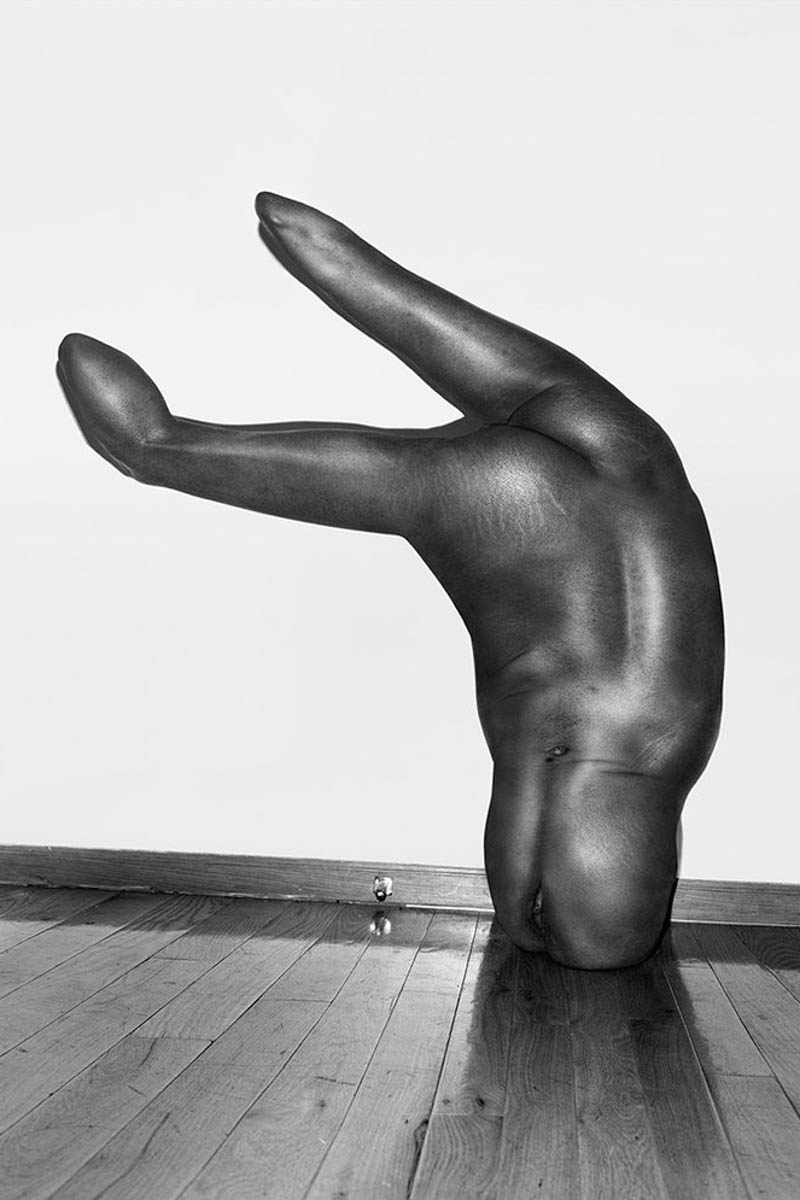 |
 |
Do you often use humor in your work?
I don’t use it forcefully. I think interesting things come very organically while photographing, but just to talk about the humor; what could be funny elements in the society, for me goes back to the reference of fiction and reality. I like when I don’t necessarily understand things but when I can recognize or reflect myself through them. I am certainly not a comedian though.
How is Copenhagen different from New York?
Copenhagen has changed a lot. It’s so different now…I don’t even know. I used to live in Vesterbro, which was a red light district back then and you could not even find a decent meal there. Now it’s all fancy and posh with perfectly dressed people and all. As for New York, people don’t move here to get a comfortable life or relax, they are here to work and look for new opportunities. Everyone’s hurrying somewhere and time waits for no one.
See more of Asger Carlsen’s work and find out about upcoming shows
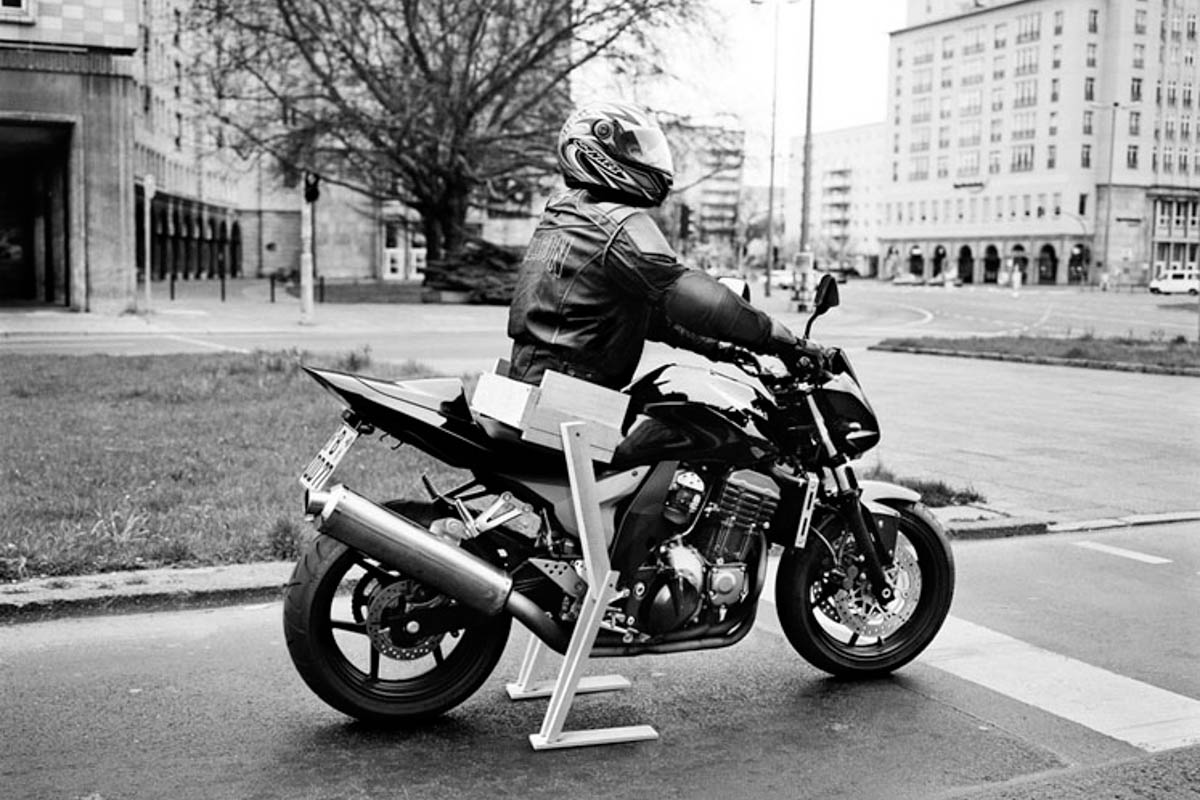 |
|
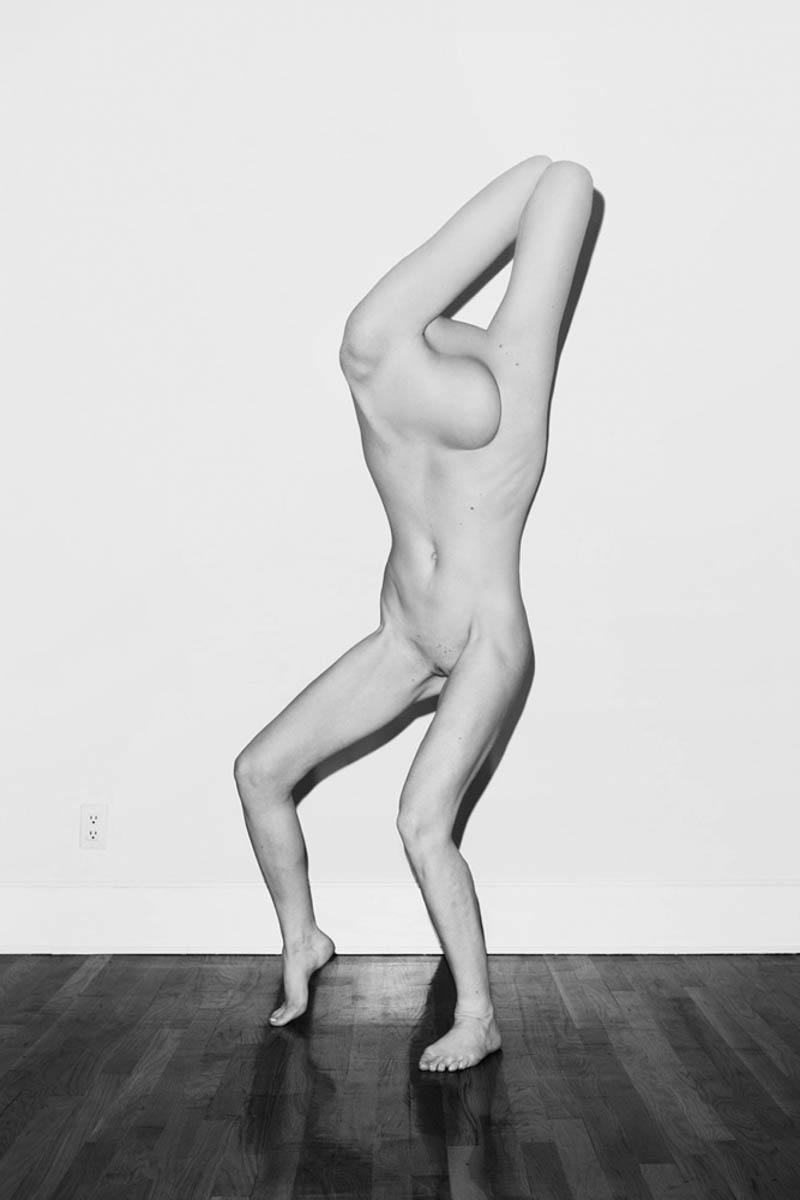 |
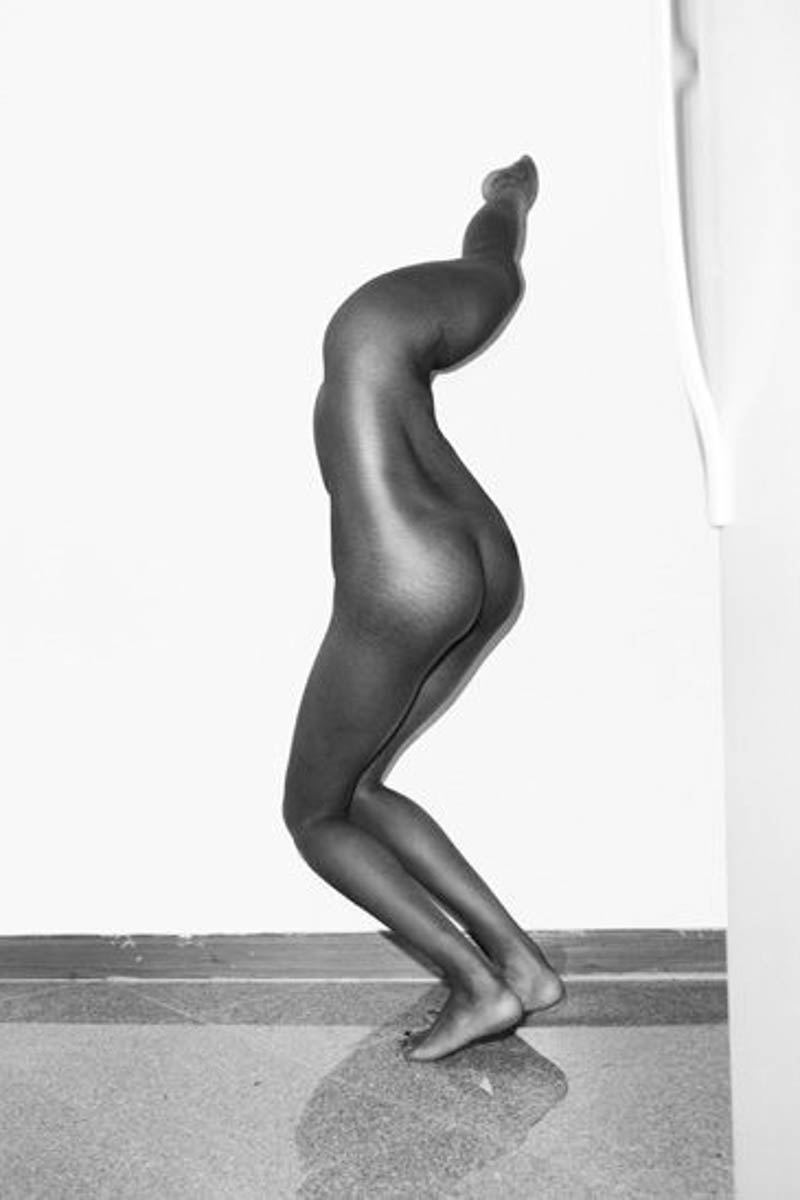 |

